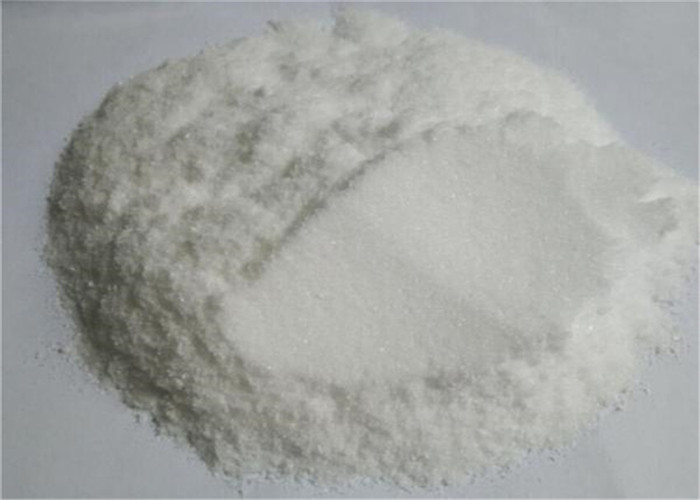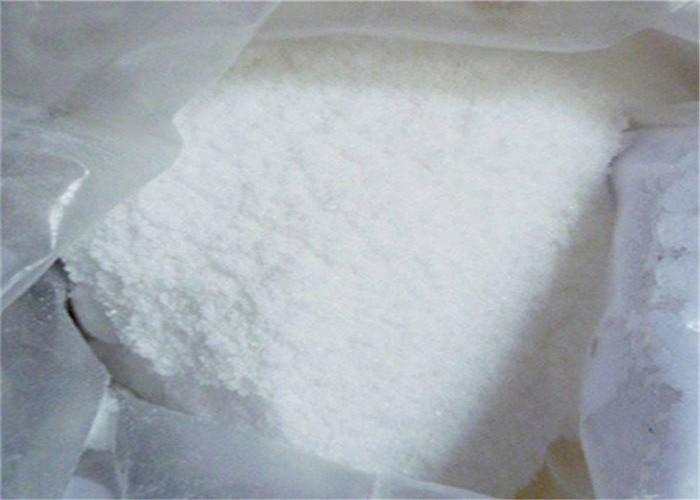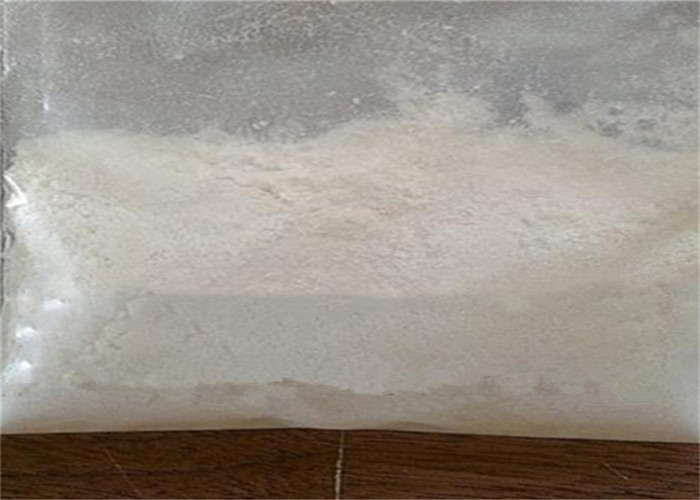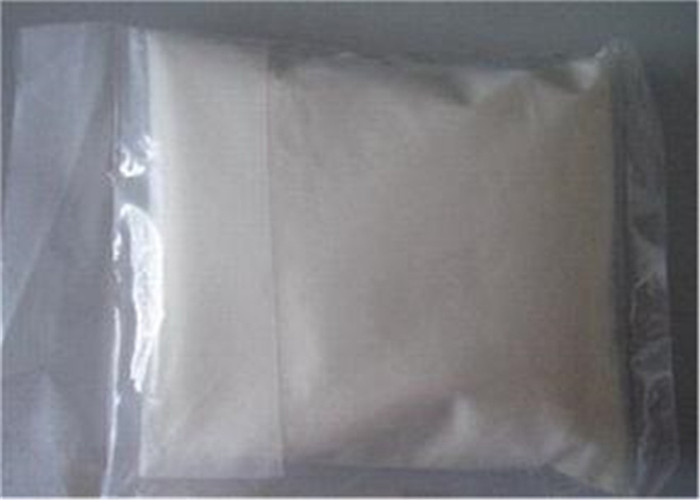Factory Price Beta-Nmn Beta-Nicotinamide Mononucleotide Safe Pass
Basic Info
Model NO.: CAS 1094-61-7
Product Name: Beta-Nicotinamide Mononucleotide
CAS: 1094-61-7
Assay: 99%
Appearance: off-White Solid
Mf: C11h15n2o8p
MW: 334.22
Grade: Pharmaceutical Grade
Melting Point: 178 °c
Storage Temp.: 2-8°c
Einecs: 214-136-5
Trademark: jyy
Transport Package: 1kg/Foil Bag
Specification: 99%
Origin: China
HS Code: 4802209000
β-Nicotinamide mononucleotide Description
Nicotinamide mononucleotide (NMN), a product of the NAMPT reaction and a key NAD+ intermediate, ameliorates glucose intolerance by restoring NAD+ levels in HFD-induced T2D mice. NMN also enhances hepatic sensitivity and restores gene expression related to oxidative stress, inflammatory response, and circadian rhythm, partly through SIRT1 activation. NMN is used for studying binding motifs within RNA aptamers and ribozyme activation processes involving β-nicotinamide mononucleotide (β-NMN)-activated RNA fragments. It is to be used for research only.
Beta-Nicotinamide Mononucleotide Application
The coenzyme NAD and its derivatives are involved in hundreds of metabolic redox reactions and are utilized in protein ADP-ribosylation, histone deacetylation, and in some Ca2+ signaling pathways. NMNAT (EC 2.7.7.1) is a central enzyme in NAD biosynthesis, catalyzing the condensation of nicotinamide mononucleotide (NMN) or nicotinic acid mononucleotide (NaMN) with the AMP moiety of ATP to form NAD or NaAD.
NMNAT1 is the most widely expressed of three orthologous genes with nicotinamide-nucleotide adenylyltransferase (NMNAT) activity. Genetically engineered mice lacking NMNAT1 die during early embryogenesis, indicating a critical role of this gene in organismal viability.[citation needed] In contrast, mice lacking NMNAT2, which is expressed predominantly in neural tissues, complete development but die shortly after birth. However, NMNAT1 is dispensable for cell viability, as homozygous deletion of this gene occurs in glioblastoma tumors and cell lines. NMNAT enzymatic activity is probably essential at the cellular level, as complete ablation of NMNAT activity in model organisms leads to cellular inviability.













 Sales Manager
Sales Manager